 Mysteries
Mysteries  Mysteries
Mysteries  History
History 10 Surprising Stories About the Texas Rangers
 Humans
Humans 10 Philosophers Who Were Driven Mad by Their Own Theories
 Miscellaneous
Miscellaneous 10 Video-Game-Worthy Weapons and Armors from History
 Weird Stuff
Weird Stuff 10 Psychics Who Accurately Predicted Wartime Events
 The Arts
The Arts 10 Pieces of Art Inspired by a Broken Heart
 Health
Health 10 Science Fiction-Sounding New Medical Treatments
 History
History 10 Surprising Facts About the Father of Submarine Warfare
 Space
Space Ten Astonishing New Insights into Alien Worlds
 Weird Stuff
Weird Stuff 10 Bizarre Summer Solstice Rituals Still Practiced Today
 Mysteries
Mysteries Top 10 Haunting Facts About the Ghost Ship MV Alta
 History
History 10 Surprising Stories About the Texas Rangers
 Humans
Humans 10 Philosophers Who Were Driven Mad by Their Own Theories
Who's Behind Listverse?

Jamie Frater
Head Editor
Jamie founded Listverse due to an insatiable desire to share fascinating, obscure, and bizarre facts. He has been a guest speaker on numerous national radio and television stations and is a five time published author.
More About Us Miscellaneous
Miscellaneous 10 Video-Game-Worthy Weapons and Armors from History
 Weird Stuff
Weird Stuff 10 Psychics Who Accurately Predicted Wartime Events
 The Arts
The Arts 10 Pieces of Art Inspired by a Broken Heart
 Health
Health 10 Science Fiction-Sounding New Medical Treatments
 History
History 10 Surprising Facts About the Father of Submarine Warfare
 Space
Space Ten Astonishing New Insights into Alien Worlds
 Weird Stuff
Weird Stuff 10 Bizarre Summer Solstice Rituals Still Practiced Today
10 Fascinating Facts About Eskimos
Eskimos. Eskimaux. Inuit–Yupik. Inupiat–Yupik. There are many names for the brave, kayak-paddling people of the North who live in some of the harshest conditions known to man.
But what do we really know about them? Beyond the igloos, harpoons, and hooded fur coats, most people know very little about these historical hunter-gatherers and their modern kin.
10 The Name
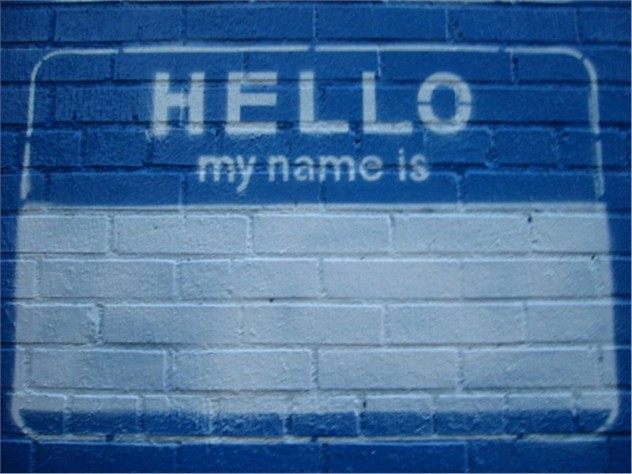
Although it can be (and often is) used in neutral context, the term “eskimo” is generally thought to be slightly racist, much the same way the term “Indian” is insulting to Native Americans. However, it’s technically considered an acceptable and commonly used scientific term with a fairly solid etymology. Although “eskimo” is thought to be either Danish or French (from the word “eskimeaux”), the name is probably based on an old Algonquian term “askimo.” Researchers can’t seem to agree on whether this means “meat eater” or “snow-shoe netter” though.
Still, many of the Eskimos themselves consider the term an insult, so out of respect to this proud people, we’ll avoid using the term from now on whenever topically possible. The generally accepted, politically correct name (that many of them also use themselves) is Inuit. Of course, that’s just another potentially misleading umbrella name: Inuit people actually belong in various Yupik and Inupiat cultural groups, which have many subsections.
When using the term Inuit, many people don’t realize that it’s a plural. An individual member of the people is called an “Inuk.”
9 The Eskimo Kiss

An Eskimo kiss is when two people rub their noses together as a sign of affection. The Inuit are often thought to replace kissing with this nose-to-nose gesture because ordinary kissing could freeze their saliva and lock their lips together in an embarrassing, possibly dangerous fashion. However, there is far more to this simple action than many people think.
The Eskimo kiss is actually called “kunik”, and it has little to do with kissing or rubbing noses together. It’s a type of intimate greeting, often practiced between couples or children and their parents. The greeters may look like they rub noses, but they are actually sniffing each others’ hair and cheeks (there are scent glands in human cheeks). This way, two people who haven’t seen each other can quickly remind themselves about the other person and their signature scent.
Although the kunik is not really relatable to kissing, it is generally considered an intimate gesture that is not often done in public.
8 Food
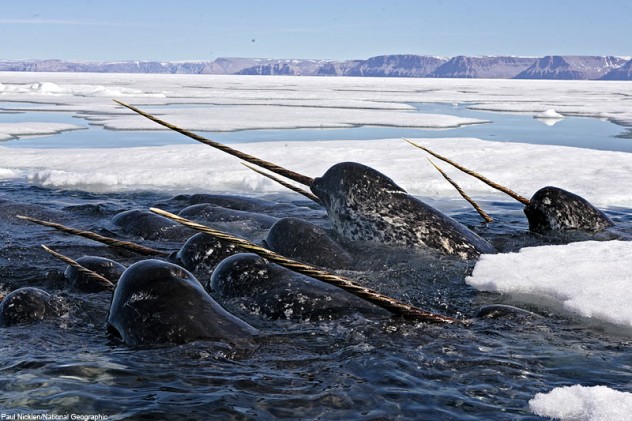
Although access to stores and Western food has caused the Inuit diet to shift toward westernized eating, their own historical diet is fascinating. A vegetarian would have a hard time living with a traditional Inuit tribe. Because they live in a barren, cold environment, their diet is heavily based on different meats and only occasionally features some berries and seaweed. Even in modern times, fruit and vegetables are scarce and expensive to import, so they still rely on the land quite a bit.
Inuit have always been expert hunters that can (and will) capture almost anything. The meats they consume include caribou, narwhal, walrus, seal, and various fish and birds. Even polar bears sometimes appear on the menu. There are many traditional ways to prepare food: drying, cooking in seal oil, or burying it until it ferments naturally. Some foods aren’t cooked at all. Some consider frozen, raw whitefish a delicacy.
Although it’s easy to think that a diet that relies so heavily on meat leads to serious health problems, the Inuit who follow this diet are actually among the healthiest people in the world. This “Inuit Paradox” has long been the subject of considerable scientific interest.
7 Igloos
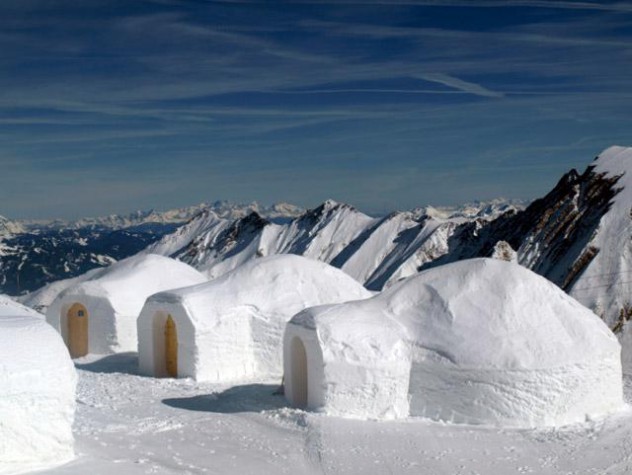 The igloo is the quintessential dwelling of an Inuit: an ingenious dome-shaped construct built from blocks of ice and snow. A clever shelter crafted from the very thing that causes the need for shelter in the first place, the Igloo uses snow’s insulating properties to create a comfortable dwelling.
The igloo is the quintessential dwelling of an Inuit: an ingenious dome-shaped construct built from blocks of ice and snow. A clever shelter crafted from the very thing that causes the need for shelter in the first place, the Igloo uses snow’s insulating properties to create a comfortable dwelling.
Although most people picture igloos as smallish snow domes, they come in a vast range of shapes and sizes . . . and also materials. For the Inuit, “igloo” is just a word for a building people live in. Any building, regardless of its size, shape, or building material. This means that you’re probably reading this article in an igloo right now.
6 Qallupilluk
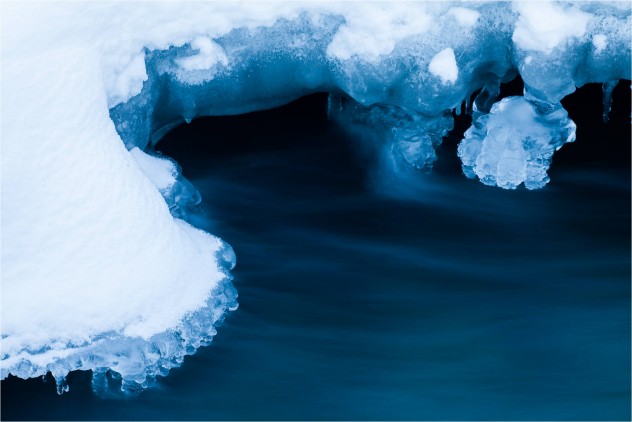
Every culture has its mythical monsters, even the ones that have plenty of very real monsters in their daily life. The Inuit spent their days traversing perilous ice fields, hunting massive walruses and aggressive polar bears. It could be difficult to scare their children into obedience with bogeyman stories—the kids knew all too well that real teeth and claws were waiting around every corner. Still, there was one creature that even Inuit children feared.
Qallupilluk (or Qalupalik, or Kallupilluk, literally meaning “The Monster”) was the Inuit people’s bogeyman of choice. According to legend, it was a perversely twisted humanoid that waited under the water to drag unwary people in the icy depths of the sea. This was a natural and healthy fear in an arctic society where dropping in the water often meant death.
5 Blond Eskimos

In 1912, an explorer named Stefansson found a strange Inuit tribe that was entirely comprised of blonde, tall, Scandinavian-looking people. This sparked a heated discussion on the nature of this tribe. Most people eventually agreed that these blond Inuit from the Canadian arctic were descendants of Viking explorers that had settled in the area centuries ago.
Suspicion lingers on the Viking theory, as they haven’t been seen since. Also, a 2003 DNA study debunked the whole hypothesis. Still, even the scientists who took part in proving Stefansson wrong found the theory compelling enough to say there might be something behind it. According to them, the myth of the fair-haired folk of the Arctic is widespread enough that there may well be an inkling of truth in it, even if Stefansson himself wasn’t quite accurate with his findings.
4 Words For Snow
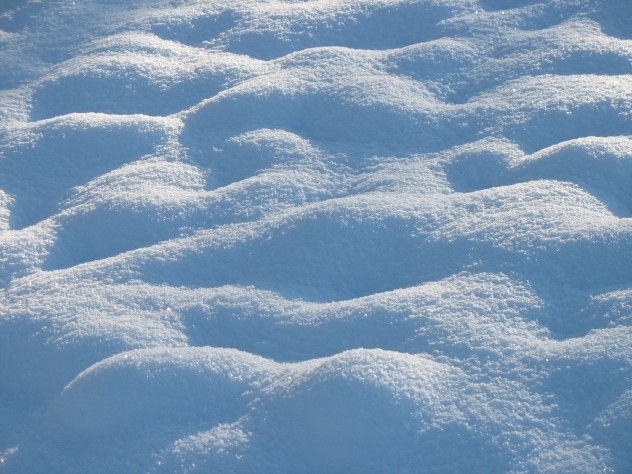
One of the first things everyone thinks when they hear the word “eskimo” is that they have an absurd amount of words for snow. Depending on who you ask, the Inuit can describe snow with 50–400 different words, all eloquently crafted to describe a very specific type of frozen precipitation.
However, this isn’t quite true. The idea of the multitude of snow words was inadvertently created in the 19th century by anthropologist Franz Boas, who lived with the Inuit and studied their habits. Boas was impressed by the elaborate terms the Inuit used to describe their frozen terrain: Aqilokoq meant “softly falling snow”, piegnartoq was “the snow that’s good for sled driving”, and so forth. He forgot to mention that the Inuit language is structured in a fashion that strings several words into one, thus creating the impression that an entire phrase was just one word.
In reality, the Inuit only have about as many words for snow as English-speaking folks. Their language just enables them to string words into these words so that a seemingly single word can mean anything from “yeah, that’s snow all right” to “that snow that looks suspiciously yellow now and totally didn’t yesterday.”
3 Armor
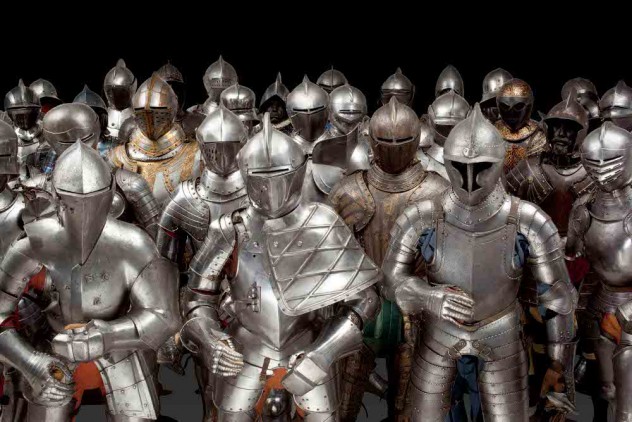
The Inuit people are, out of necessity, quite skilled in crafting warm, durable clothing. However, back when they relied exclusively on hunting to survive, they were also very talented armor makers. After all, a lot of their prey could be dangerous, and no one wants to take on a massive beast without at some protection.
The traditional Inuit armor was a type of lamellar armor that consisted of plates of bone (often made from walrus teeth, known as walrus ivory). Straps of raw leather held the armor together. Curiously, the design somewhat resembles the—extremely effective—armor used by ancient Japanese warriors. The fact that the Inuit people were able to come up with such a hugely functional armor while using just bits of the animals they were able to hunt speaks volumes to their ingeniousness and talent for survival.
2 Weapons

Although contact with other culture has given them access to firearms and other modern weapons, traditional Inuit weapons were largely made of scavenged materials (such as wood and stone) and the animals they killed. They had no means to forge metal on a large scale, so bone was a major feature in their weaponry. Clubs, bone knives, spears, and harpoons were common weapons. Bows and even bolas were fashioned out of leather, bone and sinew.
A signature bladed tool of Inuit women was the ulu, a large-bladed, curved knife that was mainly used as a means to cut through frozen meat, but it also made a nasty punch dagger if the situation required. The men had a device called the kakivak, a three-pronged spear which, when used, one of the spikes punctured the target while the other two closed in on both sides to ensure it couldn’t escape.
Since most Inuit weapons were mainly used for hunting and butchering, they were specifically made for inflicting maximum damage. The blades were sharp and often serrated, designed for tearing and mauling rather than neat slicing and puncturing. This, combined with the fact that the same weapons were used for war when the situation required, made the Inuit warriors particularly frightening to their enemies.
1 Poverty

As the progress of modern life and legislation has marched on, the Inuit have suffered a similar fate to other semi-nomadic tribes—such as Australian Abogirinals. Their “modernized” life sees quite a bit more poverty and unemployment than most other parts of the Western world. This, along with discrimination and officials ignoring them as a culture (particularly in the U.S.), has led to many social issues, such as increased alcoholism. Western diet and a less strenuous lifestyle have also begetted a multitude of health issues.
It remains to be seen how the Inuit culture survives. One possibility is the interest big business is taking in the North and its plentiful natural resources. The Inuit know the area and have plenty of untapped workforce, so at least their financial future might be a bit brighter.
Pauli Poisuo also writes for Cracked.com. Why not follow him on Twitter?








